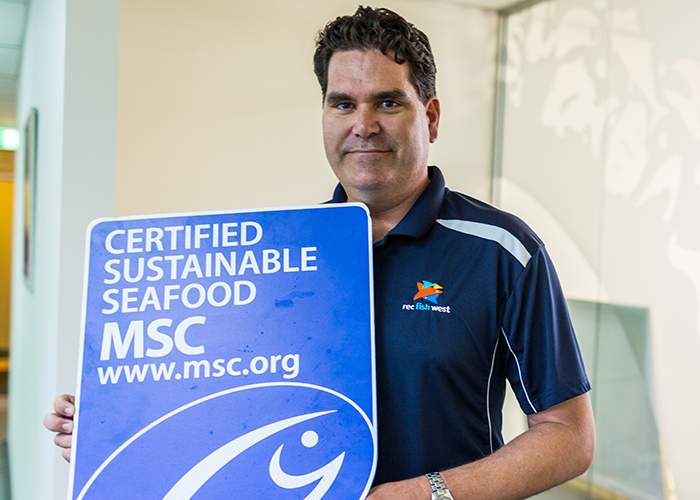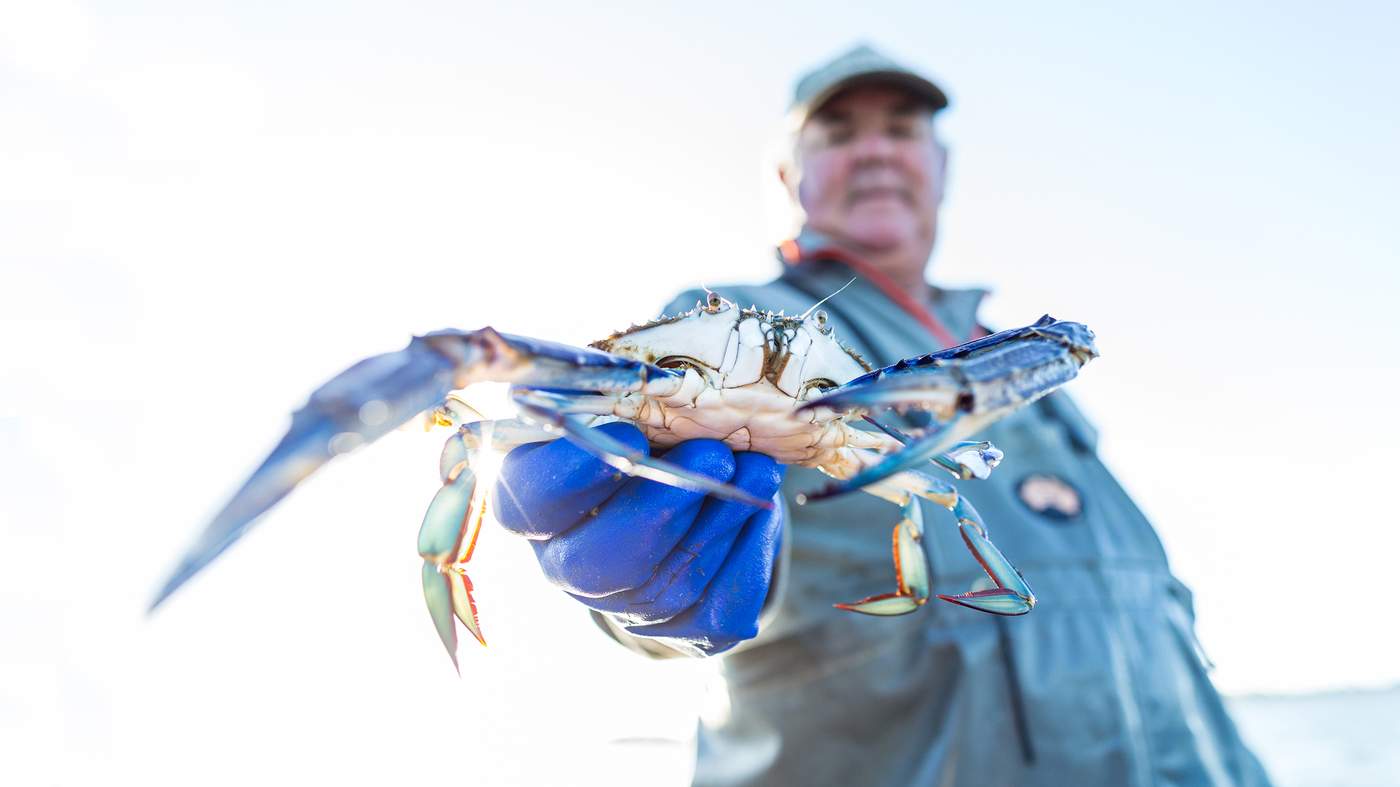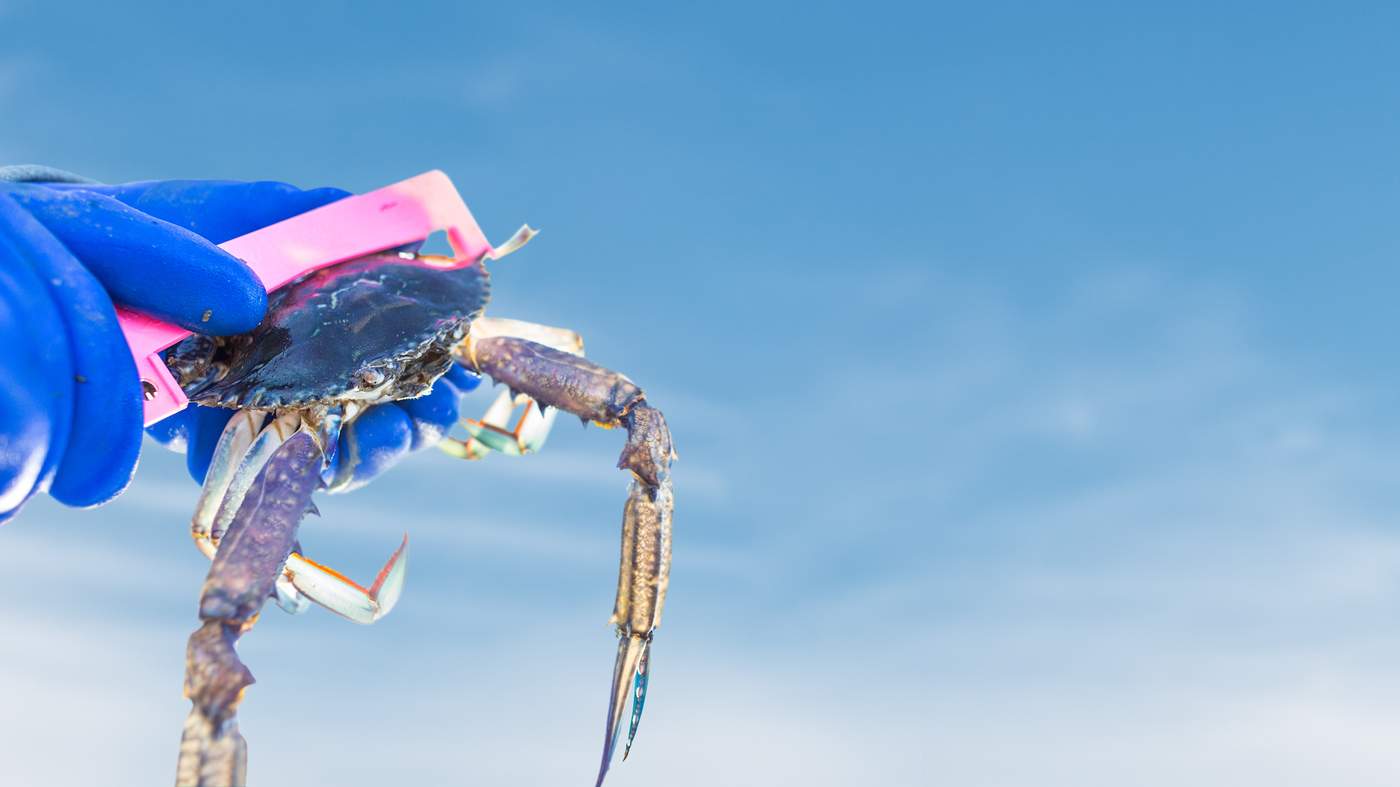Every year, thousands of residents of Western Australia’s capital, Perth, make the hour’s drive south to the coastal city of Mandurah.
A major attraction is the wide range of aquatic activities Mandurah has on offer, and for many visitors the most popular of these is ‘crabbing’ in the nearby Peel Inlet and Harvey Estuary.
The Estuary as the area is popularly known is an important habitat for waterbirds and has been designated a Ramsar Wetland of International Importance.
It's also home to the blue swimmer crab, Portunus pelagicus, or “bluey”, as Australians call the vividly coloured crustacean (or at least the male of the species).
Image: Jason and Viky Stokes and Ben (6) and Eli (4).
In Mandurah, the crabs hold a special significance. The city stages an annual festival to celebrate the iconic crab.
Some amateur fishers dive for crabs or use drop nets from boats, but many prefer walking along the shoreline with simple wire scoop nets they can buy from hardware stores.
Jason Stokes is one such fisher .He first came crabbing here in 1994 on holiday.
“Those memories stick with me and I was quite keen to recreate that with my boys,” he says.
Now a local, Jason cycled down to the Estuary with friends and his two sons Ben, 6 and Eli, 4, carrying their fishing gear in bike trailers.
Jason says his boys don’t complain if they don’t catch anything.
“It’s all about getting outdoors and sloshing in the mud, getting a bit of sun and getting wet,” he explains.

Andrew Rowland is the CEO of RecFishWest, the peak body for WA’s 740,000 recreational fishers, and he believes the blue swimmer crab is the most important recreational fishing species in WA.
“We’d estimate 50,000 to 100,000 people enjoy fishing for crabs in the Peel-Harvey Estuary,” Dr Rowland says.
Then there are the professional fishers, some of whom have fished the Estuary for generations.
Damien (right) moved to Mandurah a decade ago after years fishing in other parts of WA and overseas.
He wanted work close to home and where the cost of a professional licence was affordable, and he found both in the fishery in the Peel-Harvey Estuary.
“I can do something which I’m very proud of which is to be a primary producer, and produce seafood fresh, locally and sustainably for the people of Perth.”
“My father’s invested in it, my brother’s invested in it, so our family is neck deep in this fishery and it means everything to us,” Damien says.
His two young sons love fishing with him on his boat.
“So keeping it sustainable and keeping it going is vital,” he adds.
Some years ago, the fishers switched from gill nets to purpose-designed collapsible hourglass traps. These feature escape gaps for smaller crabs and minimise bycatch.
The Estuary is, by any measure, a modest fishery.
For the professionals, it’s a one-man operation from a small aluminium boat.
So how best to protect this modest but important fishery?
Strict regulations govern gear, limits on catches and limits on the number of licences and traps, and there are also seasonal closures.
Close to 100 tonnes of crab a year is landed by commercial fishers, all of which is sold locally, and similar amounts are caught by recreational fishers.
The Western Australian Department of Fisheries is happy with the situation.
“In terms of the sustainability of the stocks we’re really pleased with how things are going,” says Dr Danielle Johnston, Leader of the Crab Research Team.
“All the indications are the stock levels are really good.”
Moreover, the professionals are proud they go beyond the minimum requirements of the fishery’s regulations in a bid to keep it that way for future generations.
In the early light of a balmy February morning, Damien shakes a dozen or more crabs from a trap into a plastic container on his boat.
After measuring to identify the legal ones, he gently squeezes each between thumb and forefinger.
Many produce an audible pop as their shell flexes back. It’s a sure sign they contain too little flesh and to Damien it’s a “poppy”.
“Not my quality, not my grade,” he mutters, and with a deft flick of his wrist he tosses it back into the Estuary.
It’s such respect for the fishery that has helped the Peel-Harvey Estuary make history as the world’s first shared commercial and recreational fishery to jointly achieve MSC certification and carry the MSC ecolabel.
“The MSC program allows us to look at ensuring that we have fish not just for now but for our grandchildren and for our great grandchildren and that we leave a legacy of our fisheries’ sustainability”
Share this story:
More MSC stories
The MSC on Facebook
All images subject to copyright











